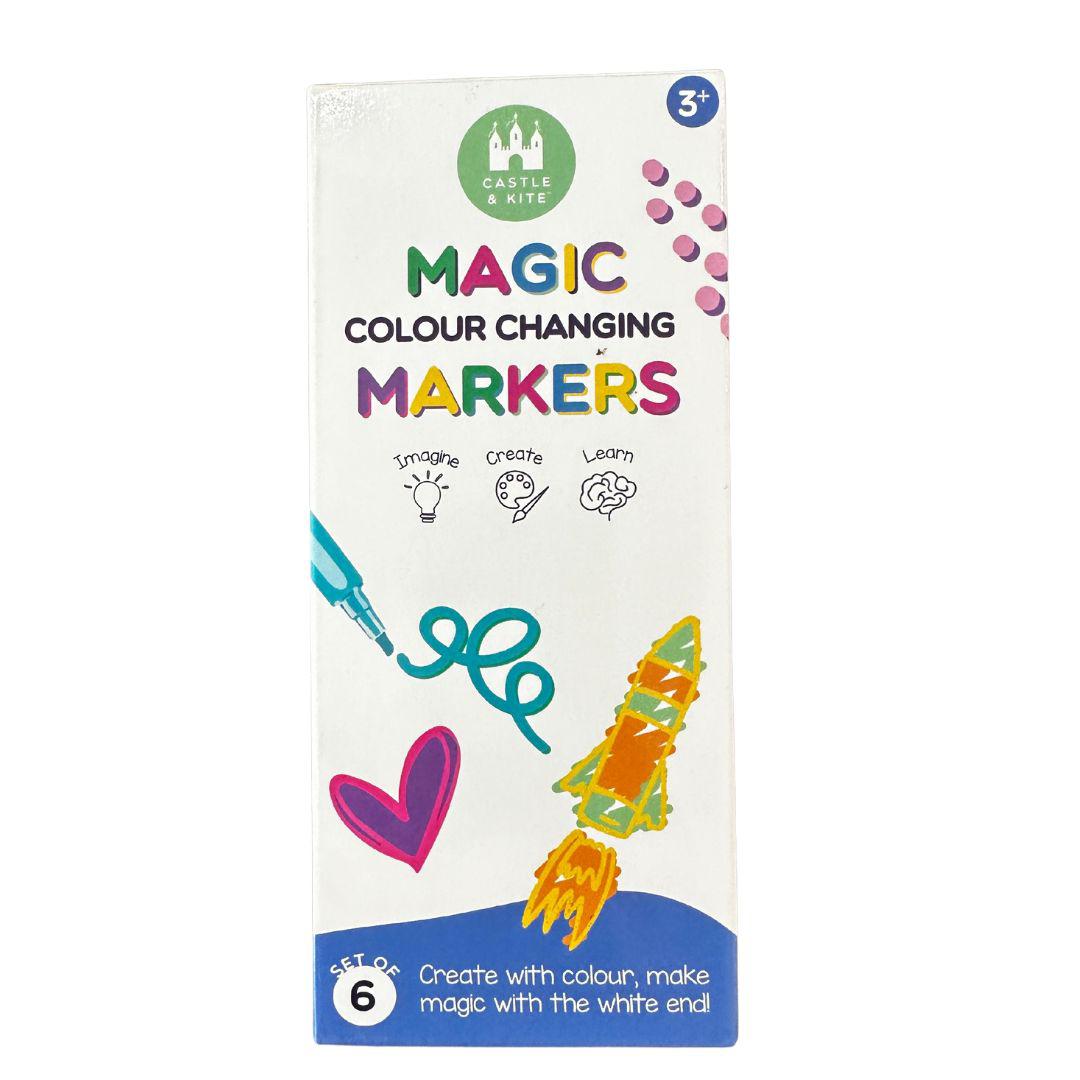Written by Robyn Papworth – Exercise Physiologist, Developmental Educator
Let me start by telling you a story about a young 6 year old boy who I supported in class last week.
This young boy was highly agitated on Tuesday. The teacher couldn’t figure out what was going on.
He was teary, argumentative, fidgety, and distracted.
He was disrupting the whole class and the teacher’s patience was getting smaller and smaller.
I sat back in the classroom observing his behaviour, as well as completing my usual environment assessment of the classroom and surrounding areas.
This is what I heard. Bang, bang, bang. The maintenance man next door was fixing a wall nearby and the sound was annoying me, I can’t imagine what it was doing for the young children.
Every time the maintenance man hit his hammer on the wall, this young 6 year old boy’s body flinched. After flinching he would then put his hand up, call out, annoy the child next to him, or stand up and wander around the classroom. The first thing I wanted to do was assess this child’s reflexes as his behaviour seemed erratic, highly distracted, and agitated. All possible signs of delayed reflex integration.
Now let me explain reflex integration.
We are all born with reflexes. We need reflexes to initiate the labour process, protect the baby in the womb, suck milk from mum or a bottle, crawl, hold a rattle, etc. However, once we are the age of 3 years old and we’re able to walk, talk, crawl, and pick up toys, we don’t need our reflexes for these movements any more.
The concern is though that there are on average 3 children in each classroom that I visit who still have their infantile reflexes at the age of 5 years and over.
These children look agitated, fidgety, distracted, disruptive, sometimes even termed ‘naughty’. But what is happening is, the hammer bangs on the wall and creates a loud sound, and this was triggering this young boy’s startle reflex which he still displayed when I tested him.
It breaks my heart to hear young children labelled as ‘disruptive’, ‘naughty’ but when I do basic reflex testing in front of the teacher we can both see that this child’s movements and behaviour are still being coordinated by reflexes, rather than their brain creating its own smooth and coordinated movements.
Once I highlight the child’s poor reflex integration to teaching staff, they start to see the child’s challenges, rather than their behaviour, and with daily morning circle exercises, we have a calmer teacher, student, and classroom.
Learn more about infantile reflexes here.
Learn morning circle routines for reflex integration here.
You can connect with Robyn on Instagram, Facebook, Twitter and her website.
Use our code ROBYN30 when purchasing any of Robyn's Motor Skills Resources to get access to a FREE webinar and 30% off your next Castle & Kite Craft Box!






